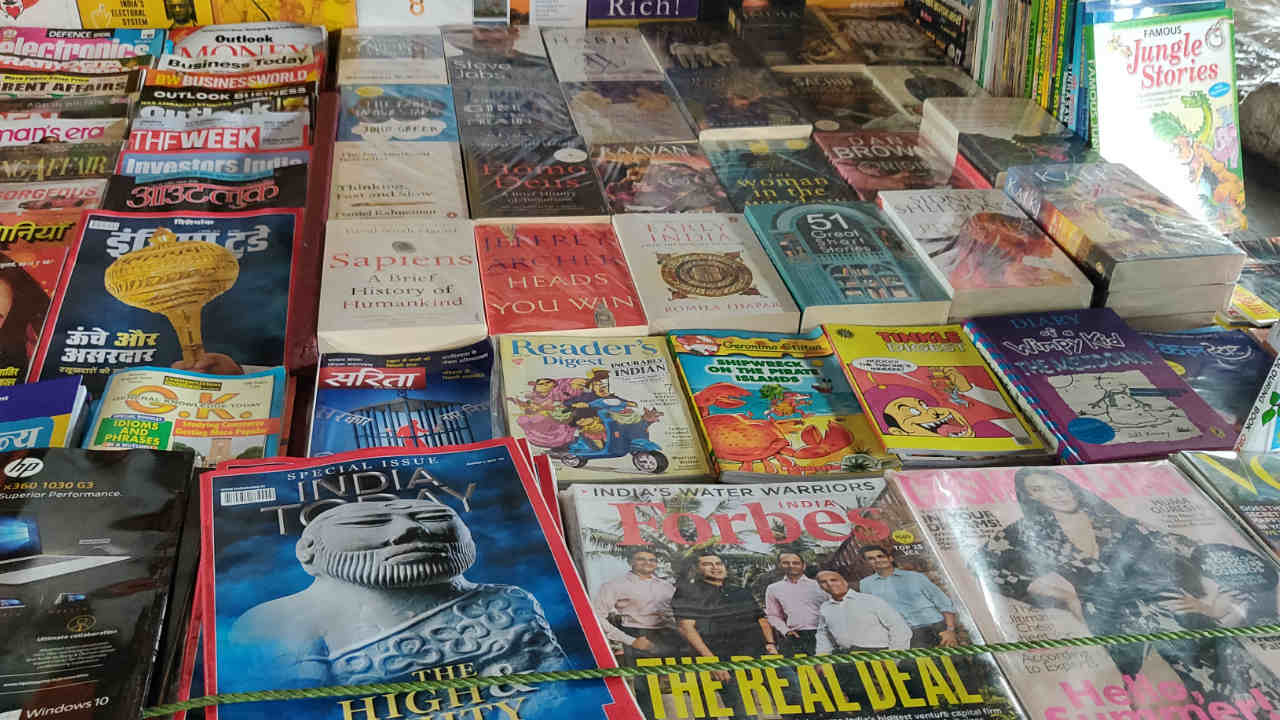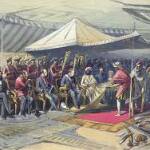
Digitisation and flux in print media gnawing away at existence of railway book stalls

Digitisation and flux in print media gnawing away at existence of railway book stalls

Manoj Mukherjee, a voracious reader and an ace debater during his school days, was a sucker for magazines (read Filmfare and Sportstar). A few days ago, I bumped into Mukherjee, now a banker, and casually asked him about the magazines he was reading nowadays.
“Aajkaal ke magazine pode? Sob kichu toh Internet’e available. Bina subscription’e hoye jaaye (Nowadays, who buys magazines? Everything is available on the web and without subscriptions),” he said nonchalantly.
The context of this conversation is important for this write-up and an important reminder of the way consumption of news, pardon me, content, has evolved in the past few years and not necessarily been a boon for a section of the economy of this developing nation.
Slowdown is the buzzword at present and it has managed to mow down the most important structure of the Fourth Estate - print media.
How do you describe a state in which all the levers of an industry are faltering at the same time? Didn’t the naysayers warn a decade ago that digitisation will spawn the rise of attention-deficit human beings?
With tepid advertising revenues and falling circulation, media practitioners are struggling to find a solution to deal with the barrage of troubles.

With every crisis, comes an opportunity is an old adage. But what is the way out when the doom and gloom forms a clot in the thinking process?
Newspaper stalls and vendors are an important cog in the newspaper industry. But they have never been able to reap benefits arising from the existence of an independent and sustainable media ecosystem.
A popular sports magazine from the house of a national daily recently announced that it had achieved a robust growth in the number of readers in the 2019 Indian Readership Survey (IRS).
Well, this article is not contesting those claims, but after scouring three major railway stations in the country – New Delhi, Howrah and Asansol – I failed to get my hands on a physical copy.
This brings us to a larger question – the relevance of magazines and the economy revolving around the consumption of news/current affairs magazines.
Those who relished a train journey, buying a couple of magazines was the norm. Depending on choice and preferences, one could easily get hold of a variety of stuff to read on.
But due to proliferation of smartphones and affordable reading devices, the popularity of physical copies of magazines has dipped considerably.
The unfortunate trade-off in this technological advancement has been the livelihood of a number of people and an entire category of media.

A decade ago, bookstalls at stations would bristle with magazine titles from across the country and the globe. But of late, the number is restricted to a handful.
Ramesh Chandra, who stays in Sonia Vihar, gets irritated when asked about his monthly income, thereby mirroring the state of journalists in the country. The adjacent Gita Press bookstall also cuts a sorry figure. The wave of Hindutva hasn't been able to propel the popularity of religious books.
The man in charge of the stall was busy removing dust gathered on the books. Maybe he did it after watching me advance towards the shop.
Other products like cow urine, chawanprash and ghee also find a place at his store.

“I have been working here for the past 3-4 years and I get money on a commission basis. Sales have been down for the past 3-4 years. Smartphones are the reason behind this slump in sales,” he said.
After a bit of prodding, he said that he manages to do business worth Rs 4,000-5000 a day.
His stall is open from 4.30am until 11.30pm.
Chandra points out that there has been a drastic drop in sale of magazines.
“Aajkal log mobile/laptops par hi free main kitaab padh lete hain,” he said in a sheepish tone.
With not many customers buying paper books, he was quite impolite and asked me not to bother him with further questions.
His expression made me feel he was more helpless than angry. Knowing the state of the industry, I could barely assuage him with words of hope.

A common thing at major railway stations in the country earlier, were the presence of AH Wheeler stalls. The Prayagraj-headquartered company continues to enjoy a lion’s share of stalls across the railway network, but the number of magazines has reduced.
It is hard for youngsters today to fathom the joy of reading magazines/comics during a train journey which would obliterate the irritation of delays.
Railway heritage enthusiasts marvel at the sight of traditional British architecture and wonder at the way the railway network was built with such precision planning.
There is a delight in looking at them, but it is foolhardy to not touch base with realism.

The swish and grandeur of airports may appeal more to today’s generation, but a railway station will always be the harbinger of the middle-class Indian.
Unfortunately, in the trade-off for modernisation and development, a part of our childhood and employment in a section of a marginalised sector will be placed at the altar.